Step-by-step instructions for gluing inner corners
When decorating, the main problem can be uneven walls and the resulting folds in the wallpaper. It should also be borne in mind that with curved walls, the joints of wallpaper canvases may diverge.
- After gluing the latter in front of the inner corner of the web, you need to measure the remaining distance. It is measured from the edge of the glued canvas to the adjacent wall, 10-15 millimeters are added to the resulting figure. If the walls are strongly curved, then the additional figure may be larger.
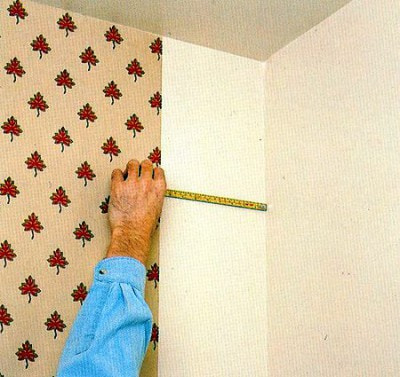
- A strip is cut off equal to the resulting figure, taking into account the allowance.
- Surfaces are treated with glue. Depending on the type of coating, this can be just a wall or both surfaces.
- The strip is glued with its own cut side to the wall. Wallpaper should go to another plane.
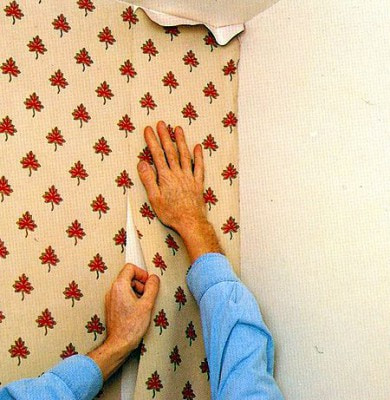
- If the pasted wallpaper is wrinkled, you need to make several small cuts perpendicular to the folds.
- A vertical line is drawn with a level or slope on an adjacent wall. The distance from the corner is equal to the width of the previous cut strip, excluding additives.
- The surfaces are coated with glue, after which the coating is glued to the wall with the even side to the marked line. The cut side fits into an adjacent wall.
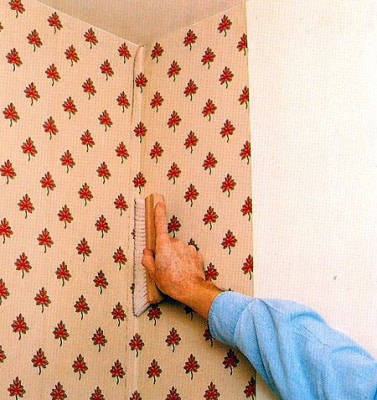
- If the coating is thick, then the wallpaper is cut along the overlap line.
How to glue the outer corner (outer)?
The protruding corner must be pasted over by analogy with the inner one, but there are slight differences that must also be taken into account when working.
- The distance from the pasted wallpaper to the adjacent wall is measured. To the resulting figure, 20-25 millimeters are added.
- A segment is cut off, taking into account the added 20-25 millimeters.
- Before gluing, the surfaces are treated with an adhesive.
- The smooth edge must be glued to the wallpaper already fixed on the wall, the side cut with your own hand "goes" onto the adjacent plane.
- If necessary, small cuts are made in the place of the wallpaper that goes to the other wall, smoothed and pressed against the wall.
- A vertical strip is drawn on the adjacent wall at the distance of the just glued cut strip plus 6-10 millimeters.
- After applying the glue, the strip is applied to the wall with an even side to the marked line, going over the edge of the already glued strip.
- The joints are coated with glue and ironed with a roller. Then the top layer is cut off along a straight edge and the two layers are joined together.
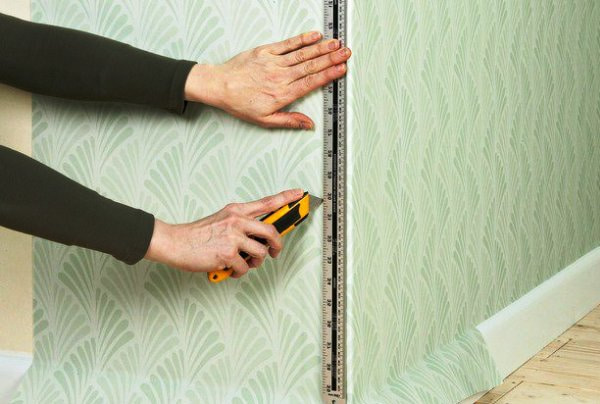
What if the corners are uneven?
Uneven walls are a common problem in older homes. Before starting to glue the topcoat, it is advisable to carry out preparatory work and put the surfaces in order. If the corners are visually even and do not require major repairs, it will be enough to walk with a hard cloth, removing small irregularities and dust. If the irregularities are visible to the naked eye, then it is better to do a little work before you start gluing the wallpaper.
- When carrying out work on the finishing putty, a plastic corner is inserted and fixed with a putty mixture. These can be purchased at a hardware store.
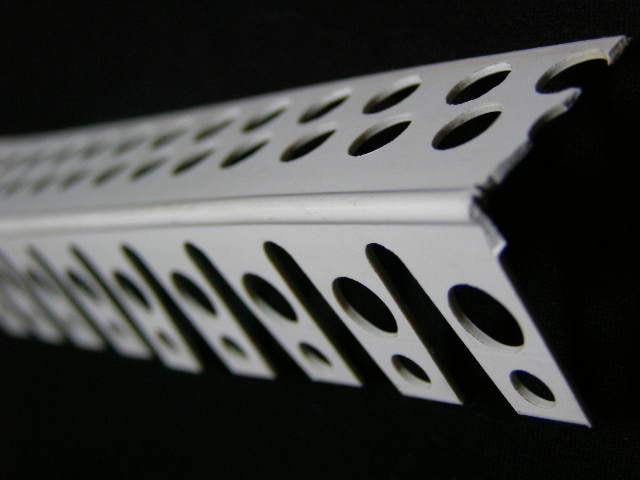
- After drying, the surface is leveled with putty or plaster.
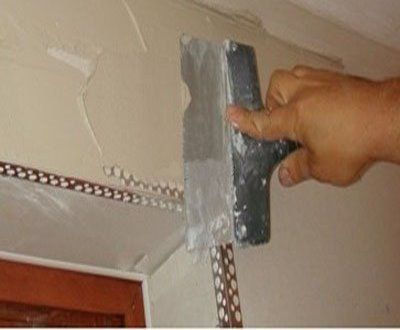
- After drying, the walls are treated with a primer.
- After the work done, you can glue the finish on the walls.
Features of gluing meter wallpaper
Wide canvases are convenient in that they allow you to finish with fewer seams on the surface. It is more difficult to glue them, but the result is worth it.
- Most often, one-meter wallpaper is made with a non-woven base and a vinyl covering, it is much easier to glue them. However, paper wide products are also found.
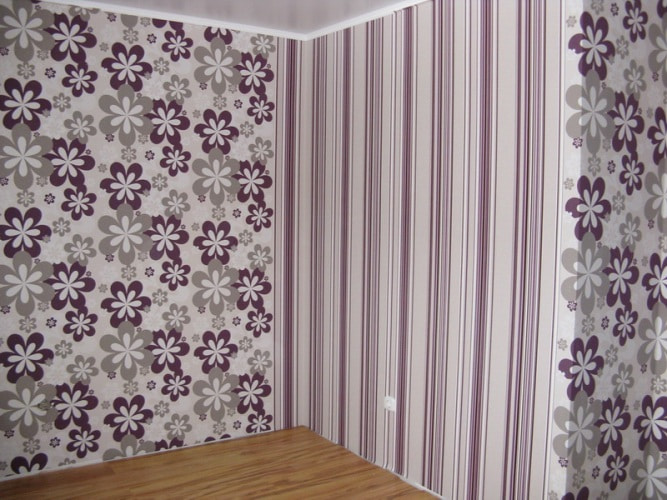
- When working with non-woven meter products, the glue is applied only to the wall.
- For wide wallpapers, preliminary surface preparation is required.
- For pasting the corners, you need to cut the canvas into pieces and overlap. Then the excess of the top layer is cut off.
- After applying the strip to the wall for some time, it remains possible to level the coating by gently moving it.
How to join in corners?
It would seem that such a trifle as gluing corners in a room can completely ruin the whole work if done incorrectly. And if there is also a pattern on the wallpaper that needs to be customized, then you should approach the decoration responsibly.
- The strip is glued in such a way that it goes to the adjacent side. The entry width should not be more than 5 centimeters.
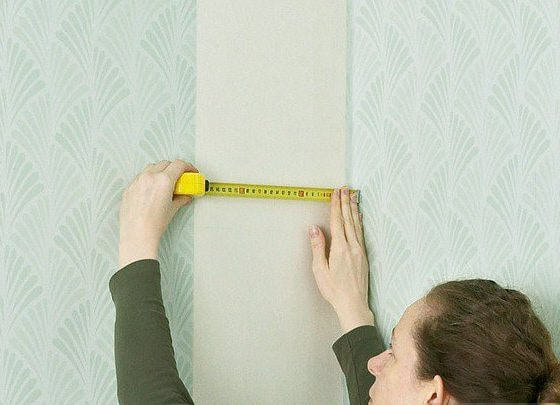
- The corner is leveled with a plastic spatula.

- The next segment is overlapped.
- In order to evenly cut off the excess overlap, a rule is applied to the middle of the overlap and the excess edge is cut off with a single motion with a clerical knife. To keep the cut line even, it is worth using a level.
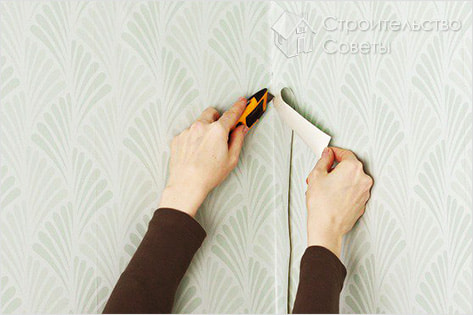
How do I fit the drawing in the corners?
It is important that the drawing is continuous and even around the entire perimeter of the room. To do this, you need to correctly combine the pattern, and cut off the excess.
- The strips are also glued with an overlap. Leave an allowance for both walls.
- With a plastic spatula, the wallpaper is pressed against the corner.
- After gluing the second sheet, the wallpaper is trimmed according to the pattern. This method refers to wallpaper with a small pattern. A large pattern may require trimming at the edges.
Before gluing, you must first prepare the material for work by spreading the covering on the floor and studying the drawing. Segments are cut off after fitting the pattern in height.
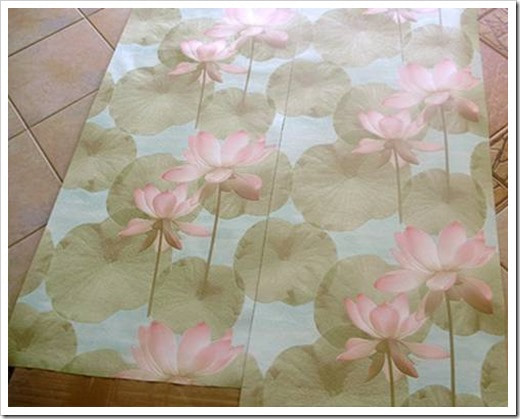
Features of cutting wallpaper in the corners
In order to get a perfectly even seam in the corner, you need to properly trim the excess.
- After the wallpaper is glued to the wall, an even metal ruler is applied, it can also be a spatula or a rule. To make the cutting line even, you can use a level.
- With a sharp clerical knife, cut off the excess along the edge of the ruler, after which the top layer of wallpaper will come off.
- Gently pry on and take out the bottom layer of wallpaper, remove it in the same way.
- The canvases are coated with glue and pressed tightly to the corner. As a result, the coating adheres tightly to each other.
It is not so difficult to glue wallpaper in the corners, but special care and accuracy is required. Today there is a finishing method that allows you to do work without joints at all, namely liquid wallpaper. They are applied in an even layer and do not require such difficulties as fitting the pattern, width, precision in rounded areas and other nuances.

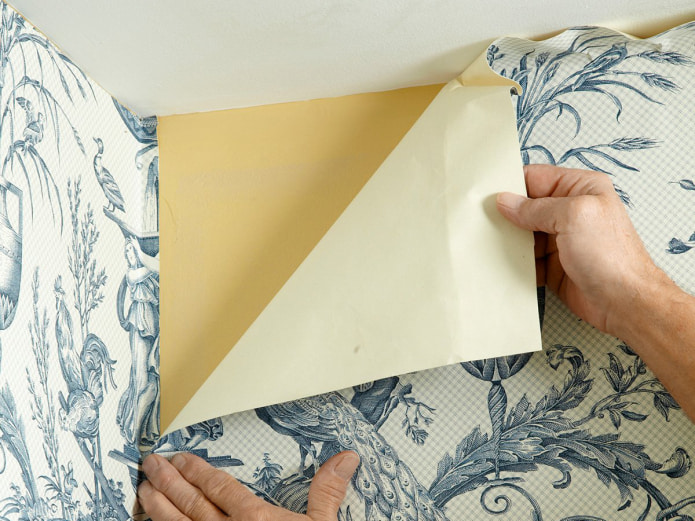
 10 practical tips for arranging a small kitchen in the country
10 practical tips for arranging a small kitchen in the country
 12 simple ideas for a small garden that will make it visually spacious
12 simple ideas for a small garden that will make it visually spacious
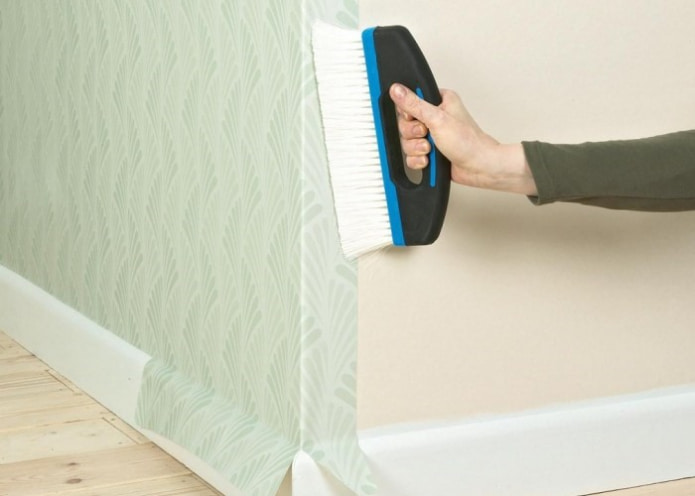

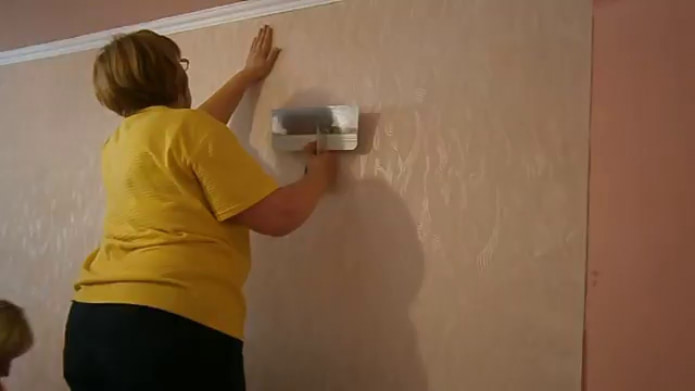
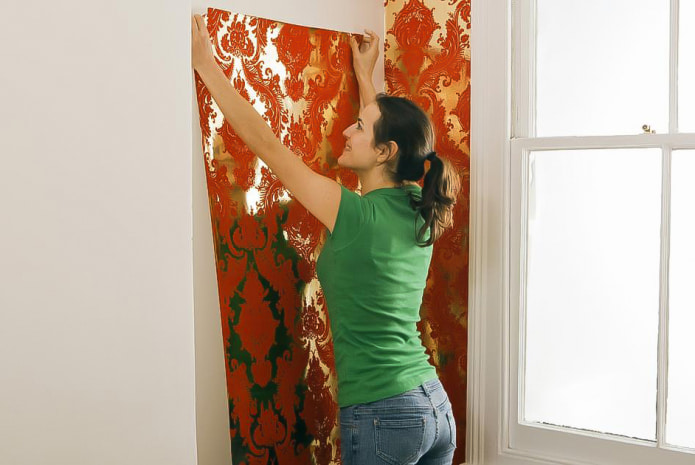
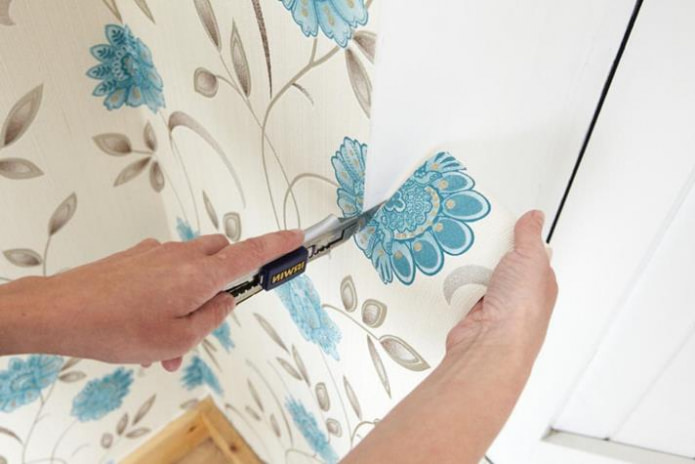
 What is better not to do it yourself during the repair?
What is better not to do it yourself during the repair? Bloated linoleum: how to fix it without disassembly
Bloated linoleum: how to fix it without disassembly The worst decisions in apartment renovation
The worst decisions in apartment renovation  Installation of ceiling tiles: choice of materials, preparation, order of work
Installation of ceiling tiles: choice of materials, preparation, order of work How to glue a ceiling plinth to a stretch ceiling?
How to glue a ceiling plinth to a stretch ceiling? Ceiling plinth for stretch ceiling: types, recommendations for selection
Ceiling plinth for stretch ceiling: types, recommendations for selection